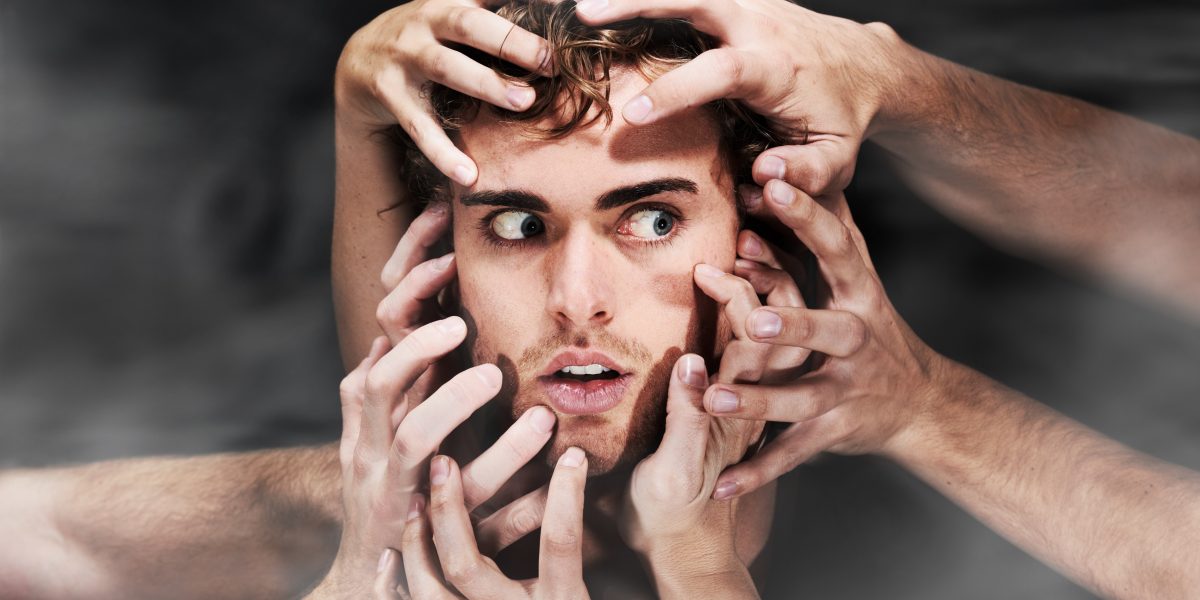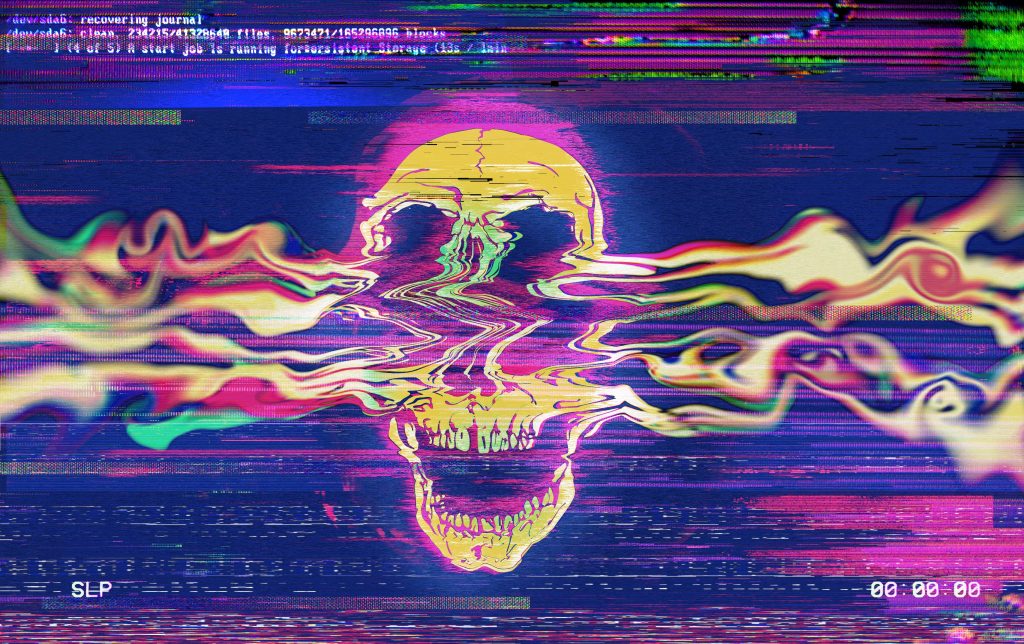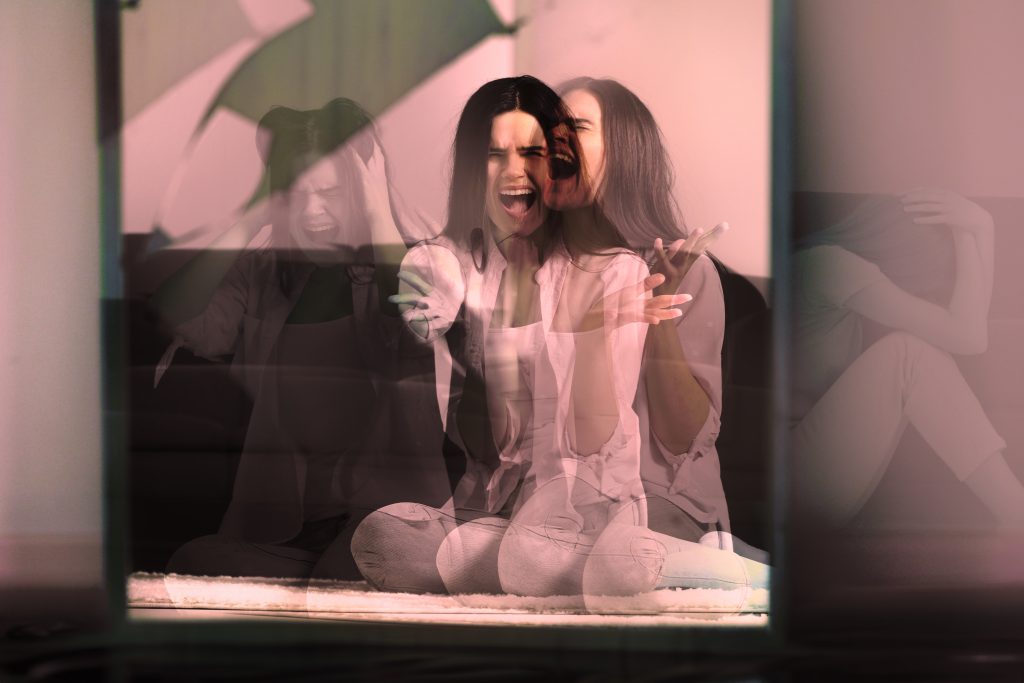
in this article
- Psychedelics and Schizophrenia
- The Potential Benefits of Non-Hallucinogenic Psychedelics for Schizophrenic Patients
Are you 18 or older?
Please confirm that your are 18 years of age or older.
You are not allowed to access the page.

Disclaimer: The views and opinions expressed in this article are those of the authors and do not necessarily reflect the official policy or position of the Chemical Collective or any associated parties.
In psychedelic clinical trials, patients with a history of psychotic experiences, a psychotic disorder like schizophrenia, or a mood disorder with psychotic symptoms are typically screened out. (Other exclusion criteria – again, typically – include a diagnosis of bipolar disorder or recent suicidality.) The reason for excluding people with psychotic symptoms from trials on psychedelic-assisted therapy is out of concern about triggering a psychotic episode or worsening psychotic symptoms.
Individuals with a family history of psychotic or bipolar disorders also tend to be excluded from these trials – due to the worry that a predisposition to the disorder increases the risk of developing related symptoms after taking psychedelics. However, some researchers in the field hope that non-hallucinogenic psychedelics – analogues of psychedelic compounds ‘with the trip taken out’ – might be a suitable treatment option for schizophrenic patients. (The journalist Shayla Love wrote a piece for The Atlantic on why non-hallucinogenic psychedelics aren’t as non-trippy as we thought.)
There is a long history of psychedelics being linked to schizophrenia. After the Swiss chemist Albert Hofmann discovered the mind-altering properties of LSD in 1943, researchers in the United States and Canada became fascinated with the compound for its potential to solve the mystery of schizophrenia, by mimicking psychosis (thus it was dubbed a ‘psychomimetic’). The term ‘psychotomimetic’, as applied to LSD, first appeared in the American press in the early 1950s. However, the use of the term was abandoned when researchers discovered LSD had a range of applications, such as the treatment of alcoholism.
Despite researchers in the 50s abandoning the term psychotomimetic for a more positive one (‘psychedelic’: a compound with mind-manifesting effects), associations between psychedelics and psychosis have remained. Some of these associations are based on fears surrounding these compounds (e.g. the fear that anyone could develop permanent psychosis after taking them, or the idea of the ‘acid casualty’). However, being concerned about psychedelics triggering or worsening psychotic symptoms is not unfounded.

One the one hand, a 2015 population study indeed found no link between psychedelic use and psychosis, and 2024 research found reduced psychotic symptoms in adolescents who used psychedelics. Nevertheless, this research has to be balanced with other observations and data. For instance, we know that psychedelics can induce a temporary psychotic-like state in people, even when they don’t have a family history of psychosis. This state can be marked by delusions, distressing hallucinations, and confused thinking and speaking. Moreover, while people with psychotic experiences and disorders have reported benefits from taking psychedelics – including personal growth, mystical states, increased spirituality, insight, and feelings of love and appreciation – a minority do report negative experiences. These include symptom exacerbation, dysphoria, and terror, whereas others with these conditions have described mixed experiences.
Furthermore, while the 2024 research found a reduction in psychotic symptoms related to psychedelic use, the story was different in those who had a genetic vulnerability to schizophrenia. In this case, psychedelic use was associated with increased manic symptoms. We should also keep in mind that the reason researchers will find little association between psychedelics and schizophrenia is that the latter only affects 0.5–1% of the world’s population. So if it is only this small minority of people facing a higher risk of developing the onset of psychotic symptoms, or worsening existing symptoms, after psychedelics, then it makes sense that this would be regarded as a rare risk of psychedelic use.
Nonetheless, this still means that people with a personal or family history of schizophrenia are excluded from psychedelic clinical trials and will likely be excluded from participating in legal, regulated psychedelic therapy in the future. Outside of this medical-therapeutic model, people living with a psychotic disorder, or a genetic vulnerability to one, may also choose not to use psychedelics. Psychedelics may help reduce psychological distress in people living with depression, anxiety, OCD, PTSD, addiction, and anorexia, but schizophrenic patients may feel excluded from enjoying this benefit. This can leave them with conventional treatments: talking therapy (e.g. cognitive behavioural therapy) and antipsychotic medication, which may not feel adequately effective. Also, antipsychotics commonly cause adverse effects.
Non-hallucinogenic psychedelics may be a way, however, to safely offer schizophrenic patients some of the benefits of classic psychedelics.
In a 2022 paper published in Molecular Psychiatry, a group of researchers “consider the possibility that psychedelic drugs could have a role in treating cortical atrophy and cell loss in schizophrenia, and ameliorating the negative symptoms associated with these pathological manifestations.” They add:
The foremost concern in treating schizophrenia patients with psychedelic drugs is induction or exacerbation of psychosis. We consider several strategies that could be implemented to mitigate the danger of psychotogenic effects and allow treatment of schizophrenia patients with psychedelics to be implemented. These include use of non-hallucinogenic derivatives, which are currently the focus of intense study, implementation of sub-psychedelic or microdosing, harnessing of entourage effects in extracts of psychedelic mushrooms, and blocking 5-HT2A receptor-mediated hallucinogenic effects. Preclinical studies that employ appropriate animal models are a prerequisite and clinical studies will need to be carefully designed on the basis of preclinical and translational data. Careful research in this area could significantly impact the treatment of one of the most severe and socially debilitating psychiatric disorders and open an exciting new frontier in psychopharmacology.
Let’s leave aside the question of microdosing psychedelics for schizophrenia (there are methodological problems with microdosing studies; benefits may be largely attributable to the placebo effect, although microdosing may promote neuroplasticity). I want to focus on the research on non-hallucinogenic psychedelics.
Scientists have developed non-hallucinogenic analogues of compounds like ibogaine and LSD. These analogues are also referred to as psychoplastogens or neuroplastogens, terms which emphasise their potential brain benefits (i.e. enhanced neurogenesis and neuroplasticity) and de-emphasise their association with psychedelic effects.
The reason non-hallucinogenic psychedelics, or neuroplastogens, could be helpful for schizophrenic patients is that these patients show signs of structural brain changes, including lost tissue in several parts of the brain. At the same time, some studies link antipsychotics to harmful structural brain changes, so schizophrenic patients taking medication may end up reducing their symptoms while also negatively impacting their brain health in the process. Non-hallucinogenic psychedelics, on the other hand, may enable rapid and substantial increases in neuron growth and neural connections in those brain regions affected in schizophrenia – thereby reducing psychotic symptoms – without the adverse effects associated with antipsychotics.
In addition to these reduced physical risks, the ‘tripless’ aspect of these neuroplastogens should, in theory, prevent or minimise the risk of psychotic symptoms developing or worsening after psychedelic intake.
The psychological risk profile is also lower because, if there’s no trip (or at least minimal psychedelic effects), then the risk of developing other psychedelic-related adverse effects is reduced. These possible risks of psychedelics, which Jules Evans is mapping through the Challenging Psychedelic Experiences Project, include psychedelic trauma, derealisation, depersonalisation, existential confusion, anxiety, depression, and HPPD.

Dr Rick Strassman – best known for his research on DMT in the 90s and his book DMT: The Spirit Molecule (2000) – makes a case for non-hallucinogenic psychedelics in his latest book, The Psychedelic Handbook (2022). This includes using these compounds for conditions like depression. I share Strassman’s sentiment; I don’t agree with a wholesale rejection of non-psychedelic psychoplastogens just because companies stand to profit from them or based on the belief that using them for mental health is inferior to using psychedelics. These newly developed compounds offer promising benefits and have advantages over psychedelics for many people. Strassman states in his book:
While classical psychedelics produce psychoplastogenic effects, their mind-altering properties may not be necessary, at least in animal models. This is because non-psychedelic doses of psychedelics in lower animals are as psychoplastogenic as psychedelic doses. In addition, there are compounds closely related to psychedelics that are psychoplastogenic but not psychedelic, again in lower animals. Two examples of these latter compounds are modified versions of DMT and of ibogaine. Research using animal models of depression, drug abuse, and anxiety have demonstrated positive effects of non-psychedelic psychoplastogens.
These compounds could also be useful for people struggling with a psychotic disorder, such as schizophrenia, who might benefit from the psychoplastogenic effects of psychedelics but who could be harmed by a psychedelic experience. As Strassman underscores:
In most cases, psychedelics trigger mental illness in someone with a predisposition, either from a previous episode of, say, bipolar disorder, panic attacks, or schizophrenia, and/or because of a family history of such conditions. The psychedelic drug acts like any other traumatic event that may trigger an acute episode of a serious psychological disorder.
Ideological opposition to non-hallucinogenic psychedelics might be based on the view that these compounds favour the biomedical model of distress or that they can’t offer true healing, given that they don’t produce a psychedelic experience. I don’t think this opposition is helpful. It seems especially unhelpful when considering schizophrenia and other psychotic disorders. There is a need, and a demand, for novel safe and effective treatments for these conditions, which for many people are debilitating and difficult to treat. As the authors of the 2022 paper in Molecular Psychiatry state:
Patients with recent onset disease that is characterized by prominent negative symptoms would be prominent candidates for such treatment. These patients are highly resistant to currently available treatments. In this population the potential of psychedelics to induce neurogenesis and synaptic plasticity is a highly desirable characteristic given the association of negative symptoms with cortical atrophy.
In short, non-psychedelic neuroplastogens may be able to alleviate psychotic symptoms without exposing patients to significant physical and psychological risks. They could be part of an exciting new frontier in the treatment of schizophrenia.
Sam Woolfe | Community Blogger at Chemical Collective | www.samwoolfe.com
Sam is one of our community bloggers here at Chemical Collective. If you’re interested in joining our blogging team and getting paid to write about subjects you’re passionate about, please reach out to David via email at blog@chemical-collective.com

Welcome to Chemical Collective.
Create an account to earn 200 welcome points.
Already have an account? Sign in


Check out our Community Blog and get involved with the conversation. You will be awarded 50 x ChemCoins for each comment up to a limit of 250 total ChemCoins.


Have you purchased any of our products? Reviews and reports are so important to the community. Share your honest opinion, and we’ll reward you with 50 ChemCoins for each review!


Every time you complete an order with us, you’ll be awarded ChemCoins for each Euro spent.
Welcome to Chemical Collective.
Create an account to earn 200 welcome points.
Already have an account? Sign in

Earn commission every time someone makes a purchase through your link.
When you become an affiliate, you will be allocated a unique link to share with your friends, followers, subscribers, or Aunt Susan.
You can choose to payout the commission earned once per month, or save it up to receive on a rainy day! Commission earned is 5% of the total order value per referral.
Contact us to join the Chemical Collective family and become an affiliate.
share your toughts
Join the Conversation.